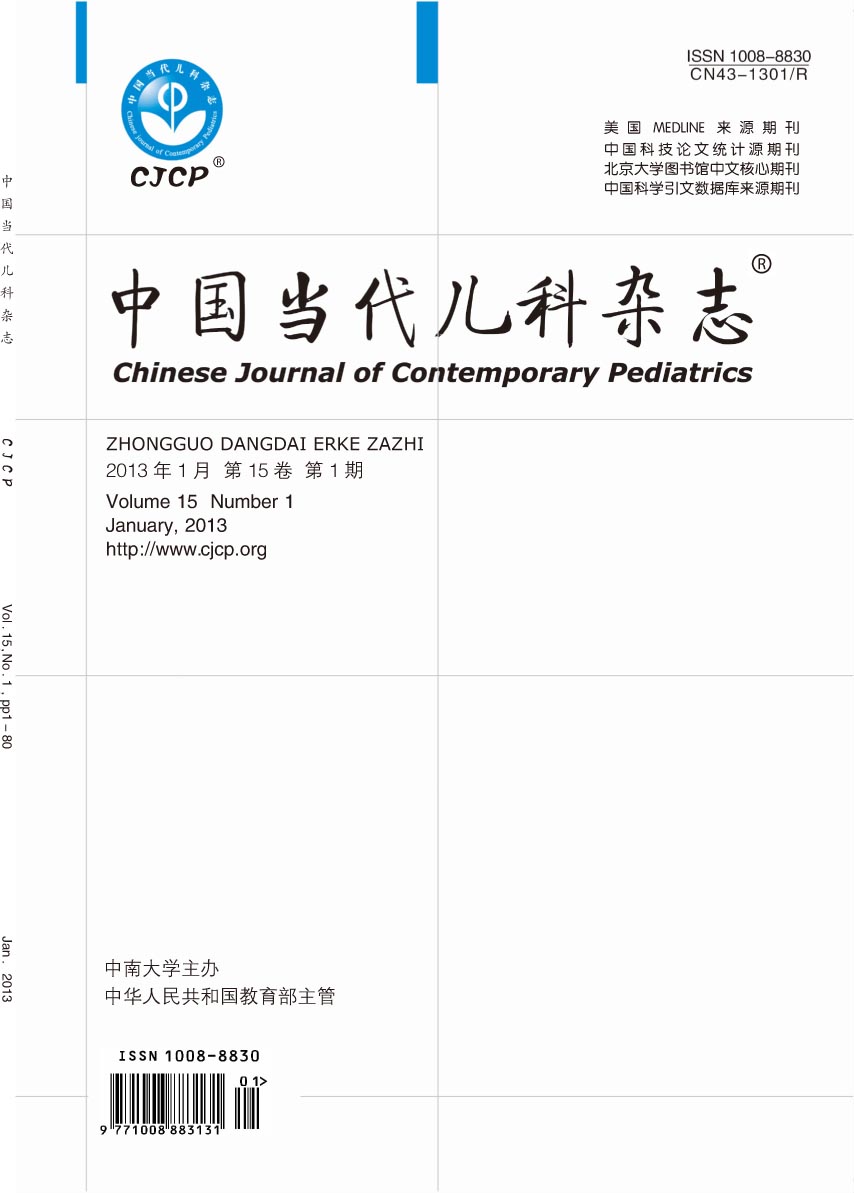
No abstract available
OBJECTIVE: To explore the Infant Neurological International Battery (Infanib) as a screening tool for early detection of gross motor developmental delay in preterm infants discharged from NICU, and to predict their later neuromotor dysfunction (cerebral palsy or motor retardation). METHODS: A cohort of preterm infants who were admitted to the neonatal intensive care unit between June 2008 and March 2010 were enrolled in the study. Infanib assessment was performed at corrected age 3-4 months and 6-7 months. Peabody Developmental Motor scale-2 (PDMS-2) and neuro-examinations were used to confirm the last motor retardation. The sensitivity, specificity, positive predictive value and negative predictive value of the Infanib were calculated.ResultsA total of 147 preterm infants were participated in this study, and 129 infants were followed up at correct age 12 months or more than 12 months. Eleven (8.5%) had crerbral palsy, 28 (21.7%) had motor retardation, and 90 (69.8%) normal mortor development. The predictive validity of the Infanib at correct age 3-4 months (n=14) was: sensitivity 84.6%, specificity 75.6%, positive predictive value 60.0% and negative predictive value 91.9%. The predictive validity of the Infanib at correct age 6-7 months (n=117) was: sensitivity 100%, specificity 91.7%, positive predictive value 82.5% and negative predictive value 100%. CONCLUSIONS: The Infanib can be used as an appropriate screening tool and validity measurement for early detection of gross motor developmental delay in preterm infants.
OBJECTIVE: To evaluate the clinical effectiveness and safety of intubation-surfactant-extubation (INSURE) method in the treatment of neonatal respiratory distress syndrome (NRDS), and to investigate its possible mechanisms. METHODS: Sixty-four premature infants, who were admitted for NRDS and treated with pulmonary surfactant from March 2010 to March 2012, were enrolled in the study. They were randomly divided into INSURE (n=32) and conventional mechanical ventilation (CMV) groups (n=32). The two groups were compared in terms of respiratory function, ventilation time, duration of oxygen therapy, complications, and prognosis, as well as expression of interleukin-10 (IL-10), tumor necrosis factor-α (TNF-α) and serum ferritin (SF). RESULTS: Oxygenation index in the INSURE group was significantly higher than in the CMV group at 48 hours after treatment (P<0.05). Compared with the CMV group, the INSURE group showed significantly lower incidence of ventilator-associated pneumonia (VAP) and significantly shorter duration of oxygen therapy (P<0.05 for all comparisons). There were no significant differences in ventilation time and the incidence of pneumothorax, intracranial hemorrhage, necrotizing enteroolitis, bronchopulmonary dysplasia, and pneumorrhagia between the two groups (P>0.05). The levels of TNF-α and SF were significantly lower in the INSURE group than in the CMV group at 6, 24, 48, and 72 hours after treatment (P<0.05), while the level of IL-10 was significantly higher in the INSURE group than in the CMV group (P<0.05). CONCLUSIONS: INSURE method can improve the oxygenation function of the lung, decrease the incidence of VAP and shorten the duration of oxygen therapy in neonates with NRDS, which is probably due to the fact that this method can reduce the production of TNF-α and SF and inhibit the decrease of IL-10.
OBJECTIVE: To study changes to CD4+CD25high+CD127low regulatory T cells (Treg) in peripheral blood from children with bronchiolitis, and to explore its clinical significance. METHODS: Thirty-one children with bronchiolitis and aged under two years were randomly enrolled as the bronchiolitis group, and 25 under two-year-olds with bronchopneumonia were randomly enrolled as the bronchopneumonia group. A further twenty-five children with non-infectious diseases such as hernia and renal calculus served as the control group. The level of CD4+CD25high+CD127lowTreg in peripheral blood was measured by multi-color detection and multi-parameter flow cytometry. RESULTS: The proportion of CD4+CD25high+CD127lowTreg in peripheral blood in the bronchiolitis group (8.0%±2.1%) was significantly lower than in the bronchopneumonia (9.6%±2.6%; P<0.05) and control groups (11.3%±2.9%; P<0.05). CONCLUSIONS: CD4+CD25high+CD127lowTreg level in peripheral blood may be an index of immunological function in infants. A decreased level of CD4+CD25high+CD127lowTreg in peripheral blood suggests that Treg cells may be involved in the pathogenesis and development of bronchiolitis.
OBJECTIVE: To establish a mouse model of asthmatic airway remodeling and investigate the effects of 1,25-(OH)2D3 on airway structure and T cell immunoglobulin mucin protein-4 (TIM-4) expression in asthmatic mice. METHODS: Thirty female mice (BALB/c strain) were randomly divided into control, asthma and 1,25-(OH)2D3 intervention groups. An asthmatic mouse model was induced using ovalbumin. Lung tissue of the mice was collected, mRNA expression of TIM-4 was evaluated by RT-PCR and airway remodeling and protein expression of TIM-4 were observed by hematoxylineosin staining and immunohistochemistry.RESULTS: Typical airway remodeling was found in the asthma group, and TIM-4 expression in this group was significantly higher than in the control group (105±9 vs 42±5; P<0.05). Compared with the asthma group, the 1,25-(OH)2D3 intervention group showed improvement in airway remodeling and a decrease in TIM-4 expression (78±6) (P<0.05). CONCLUSIONS: TIM-4 may be involved in the airway remodeling of mice. As a new type of immunoregulator, 1,25-(OH)2D3 can downregulate expression of TIM-4 in the lungs and improve airway remodeling in asthmatic mice.